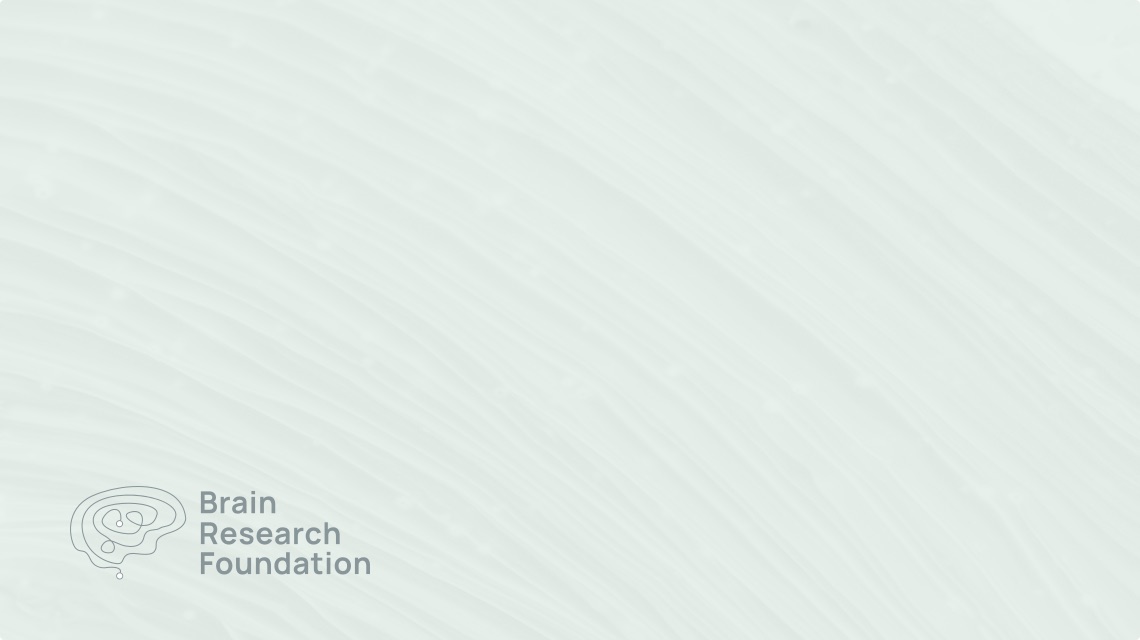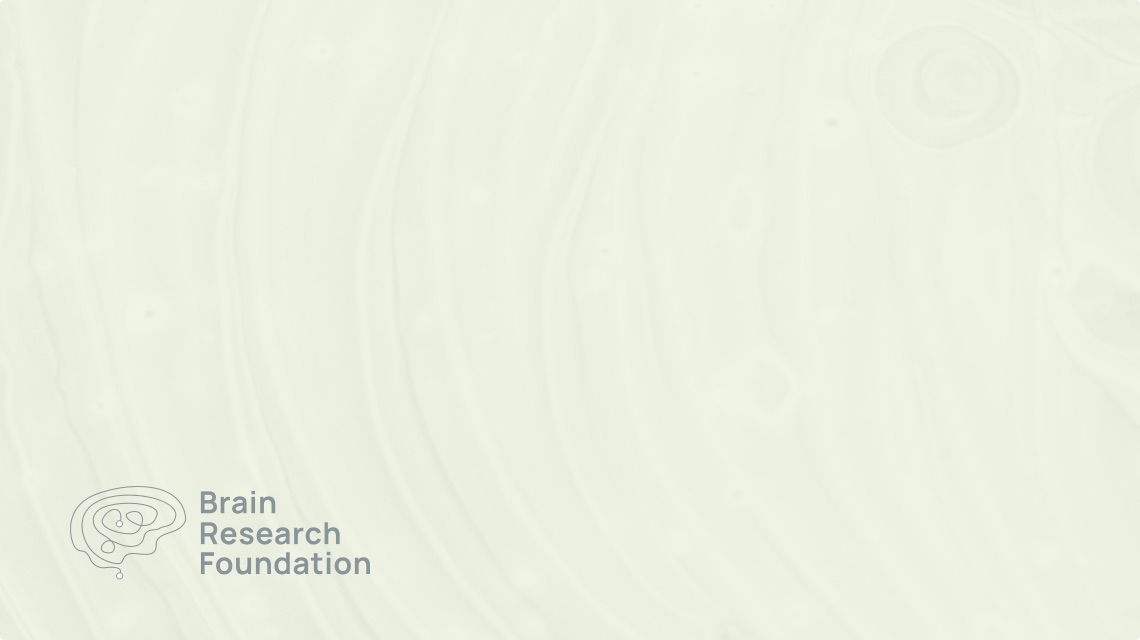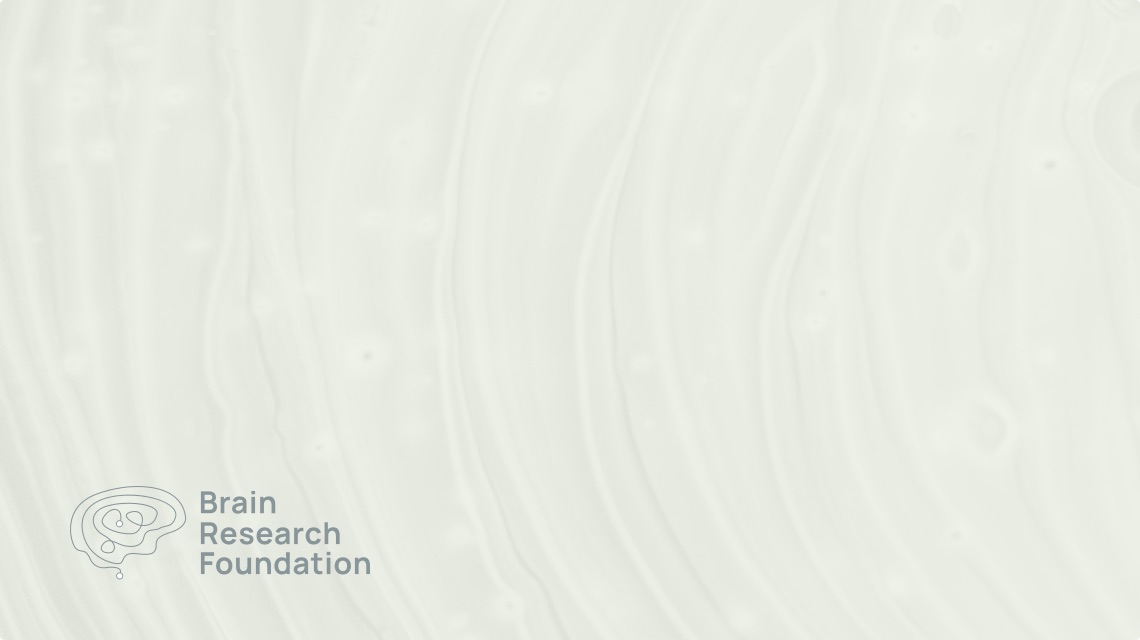2024 Scientific Innovations Award
Hillel Adesnik, Ph.D.
University of California, Berkeley
How patterns of action potentials in space and time give rise to sensory experience is among the most enduring mysteries of biology. Despite decades of experiments correlating brain activity patterns with different aspects of perception, we still do not understand how different features of brain activity causally drive mental events. The goal of Dr. Adesnik’s research program is to crack the neural codes for visual perception – to understand how patterns of activity in the visual parts of the brain give rise to all our visual experiences, including our remarkably ability to recognize different faces and objects, and even to remember and recall different faces and objects for many years. To achieve this, we must develop a dictionary that relates specific patterns of brain activity to specific visual perceptions. Developing such a ‘dictionary’ requires powerful new optical technologies that can image and then recreate very precise patterns of activity in the brain. Dr. Adesnik’s lab has pioneered these technologies in rodents, but because their final goal is to understand high level visual perception (i.e., of faces and objects), they must work in non-human primates which have highly developed visual systems like our own. Since no group has ever been able to leverage these powerful imaging and photo-stimulation technologies in
non-human primates, the key goal of this 2-year project is to develop and validate these approaches in the common marmoset, a relatively new model species for visual neuroscience. The marmoset is highly advantageous for because it has a visual system much like our own but has a small and flat (non-gyrated) cerebral cortex which makes direct, high-resolution imaging possible in any part of the visual system. By the end of this project, Dr Adesnik’s lab expects to have validated their approaches in marmosets and obtained critical new insights into the representation of faces and objects in the marmoset brain. This data will then allow them to apply for an NIH grant to substantially increase the scale of our investigation. Ultimately, they expect that by understanding the neural codes of perception, and by building these new technologies for primates, they should be able to apply this knowledge to cognitive disorders of perception in humans, and potentially develop optical devices that could correct these diseases.
If you’d like to help advance this research and drive future breakthroughs, we encourage you to get involved or make a contribution.


